Chicago University Excavations at Megiddo was unprecedented in its scale. As World War I wound down in 1919, James Henry Breasted initiates the foundation of the Oriental Institute of Chicago. In fact, the initial funds came from John D. Rockefeller, Jr. Alongside with funds that The University of Chicago was able to raise. So in May 1919, the Oriental Institute was officially open; and Breasted was the inaugural director.
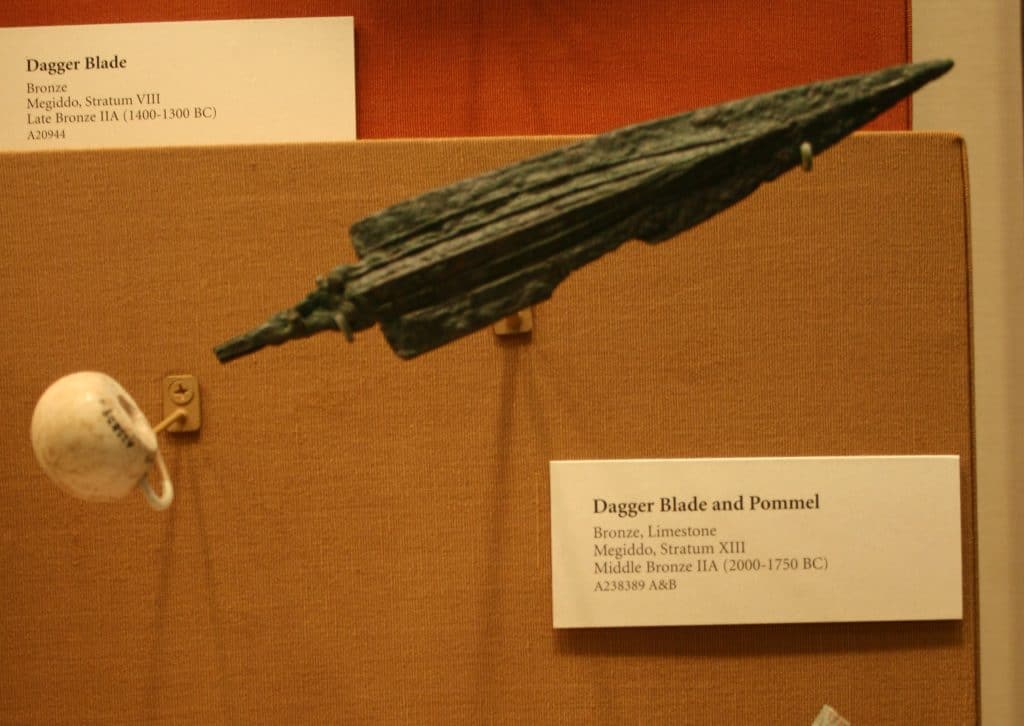
As Breasted scouted future archaeological sites, he reached Damascus and met with the Arab leader Faisal, who would become king of Iraq. After Damascus, he reached Jerusalem and Haifa. So in Haifa, he stayed overnight, and on the 2nd of June 1920, he visited Tel Megiddo. Due to difficulties en route, he could only see Megiddo from a distance. When Breasted reached Egypt, he came to know many of the British political figures and scholars working in Egypt.
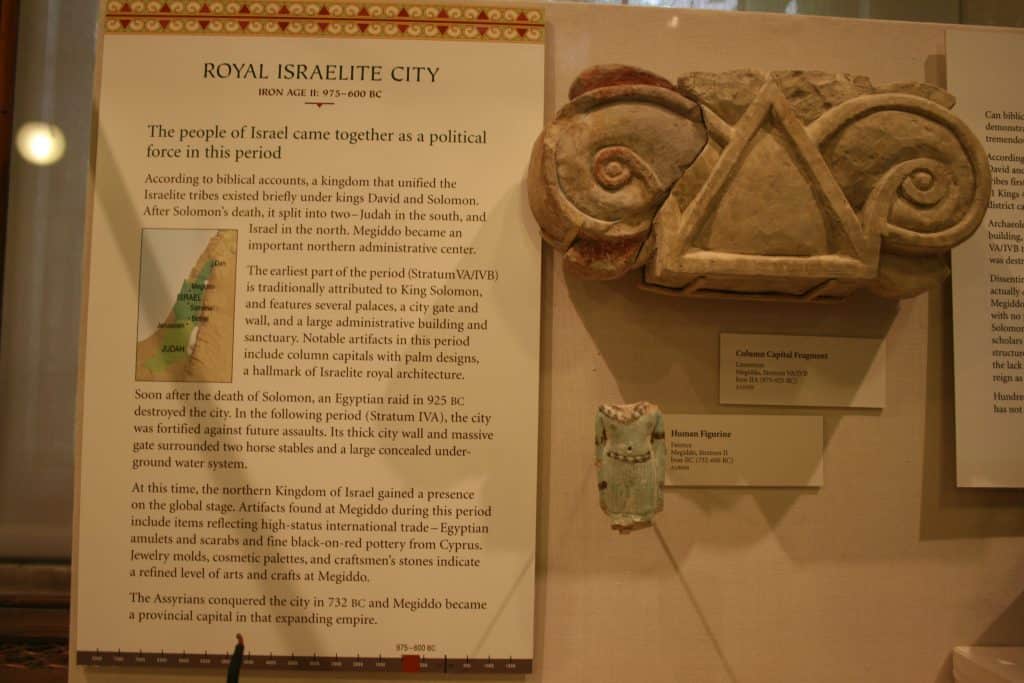
For example, Field Marshal Lord Allenby, who, in those days, was the British Governor of Egypt. So Breasted reputation was known to Allenby, that read a lot about Megiddo. And the victorious Battle of Megiddo led by Tuthmosis III. About 3,500 years before the victorious battle, Allenby won against the Ottomans. Already on this visit, Breasted began to plan his archeological dig. At the same time, he submitted his field reports to the President of the University of Chicago. He also stressed that the British promised Megiddo for him and his team to excavate.
Chicago University Excavations at Megiddo: Breasted First Visit To Megiddo
Two years after his initial visit to the area, Breasted finally set foot on the Tel. Also accompanying him is Prof. John Garstang. Garstang served as the director of the Department of Antiquities in the British Mandate of Palestine Between 1920-1926. Ultimately, Breasted turned for financial support to John D. Rockefeller, Jr, his patron. And John D. Rockefeller, Jr obliged and personally visited the excavations at Megiddo in 1929. This visit included Egypt and Palestine.
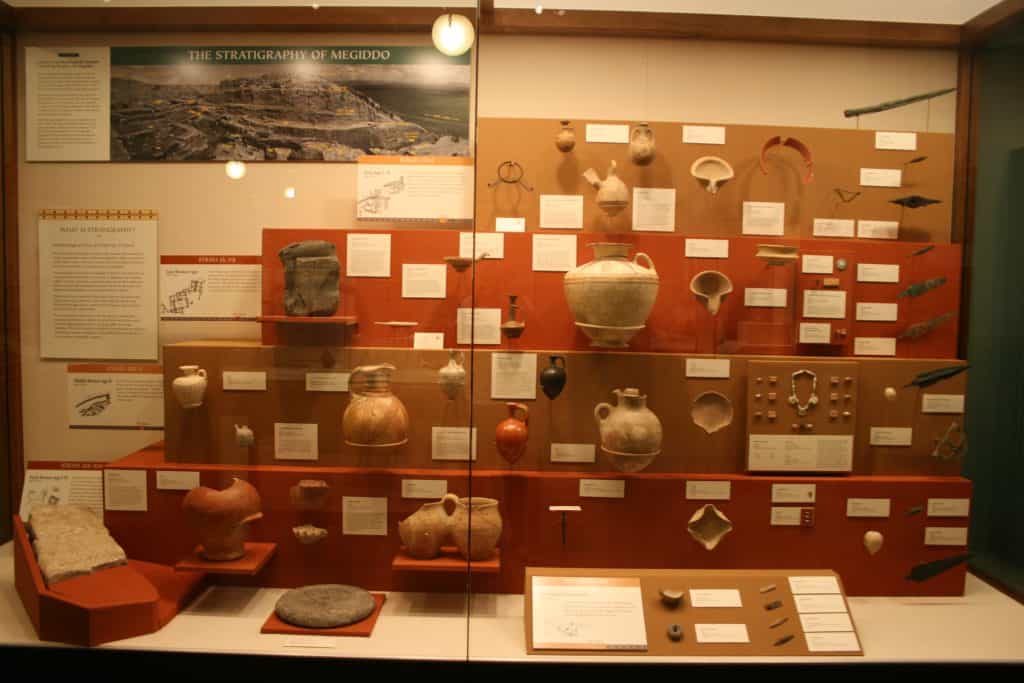
On his arrival to Jerusalem, with Breasted’s encouragement, Rockefeller donated a hefty amount to open an archeological museum in Jerusalem. Now is officially called The Rockefeller Museum in Jerusalem. Until today, the archaeological digs in Tel Megiddo made by the University of Chicago are the most extensive in the country’s history. It lasted 13 years, from 1926 to 1938, and had three different directors.
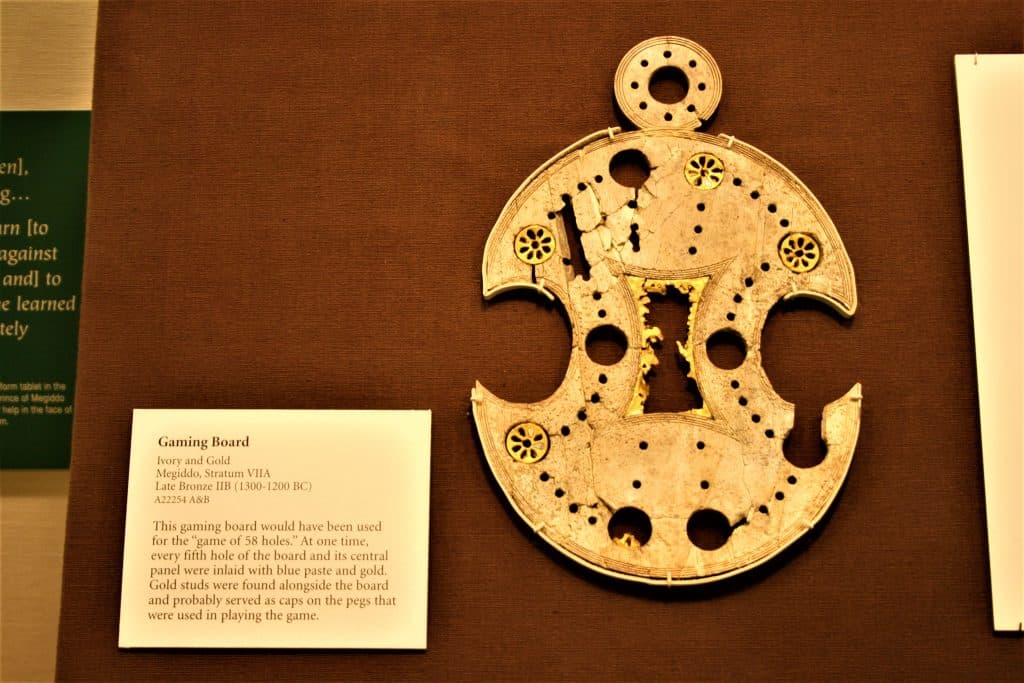
Chicago University Excavations at Megiddo Under Clarence Stanley Fisher
C.S. Fisher was the first field director on behalf of Chicago University Excavations in Megiddo. Fisher was an architect by training and graduated from the University of Pennsylvania. But Fisher devoted his career to Near Eastern archeology. For a while, he co-headed with George Andrew Reisner digging Sebaste (the Biblical city of Samaria). And in 1921-1923, he excavated at Tel Beit Shean on behalf of the University of Pennsylvania. So Fisher was an excellent field archaeologist. Also, he had lots of experience and showed great interest in pottery, and spent the years 1936-1940 compiling his monumental Corpus of Palestinian Pottery.
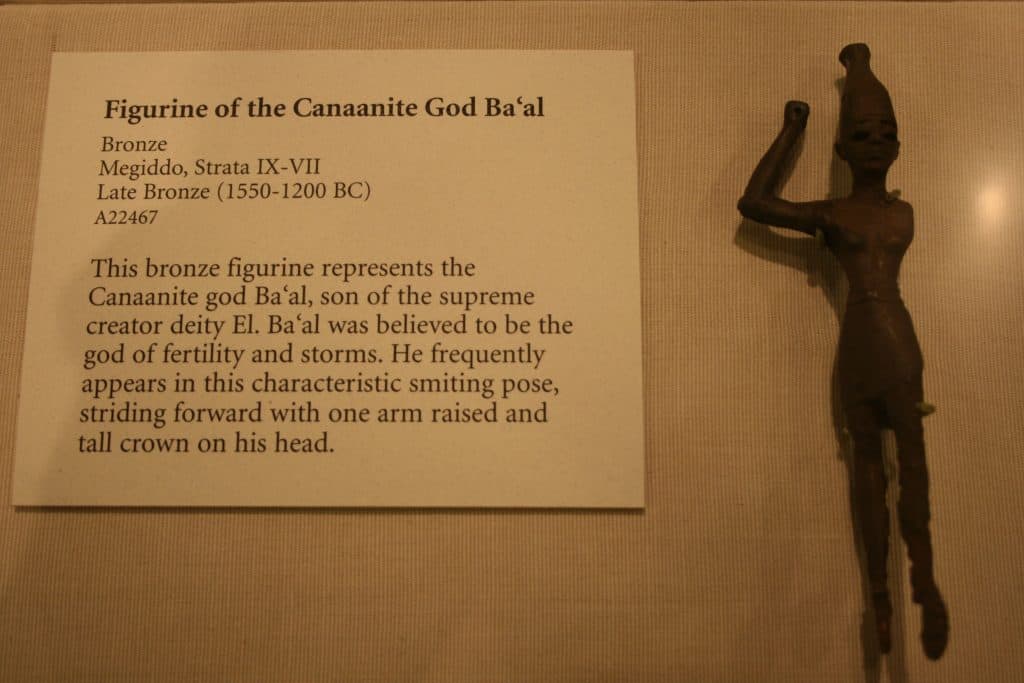
But, C.S Fisher did not consult with Gottlieb Schumacher concerning the digs at Megiddo. Even though he was still alive. As a result, little attention was given by the American team to the last digs made by Schumacher. Another aspect that brought disastrous results was where they set up camp.
Now if Fisher had bothered and met with Schumacher, he would have known where setting up camp was critical. Schumacher would have been able to warn Fisher not to set up camp next to the freshwater spring, where there were mosquitoes carrying malaria disease (A mosquito-borne infectious disease). So if he had chosen a different location to set up camp at, maybe he wouldn’t have caught the disease. And then could conduct the excavations for many more years.
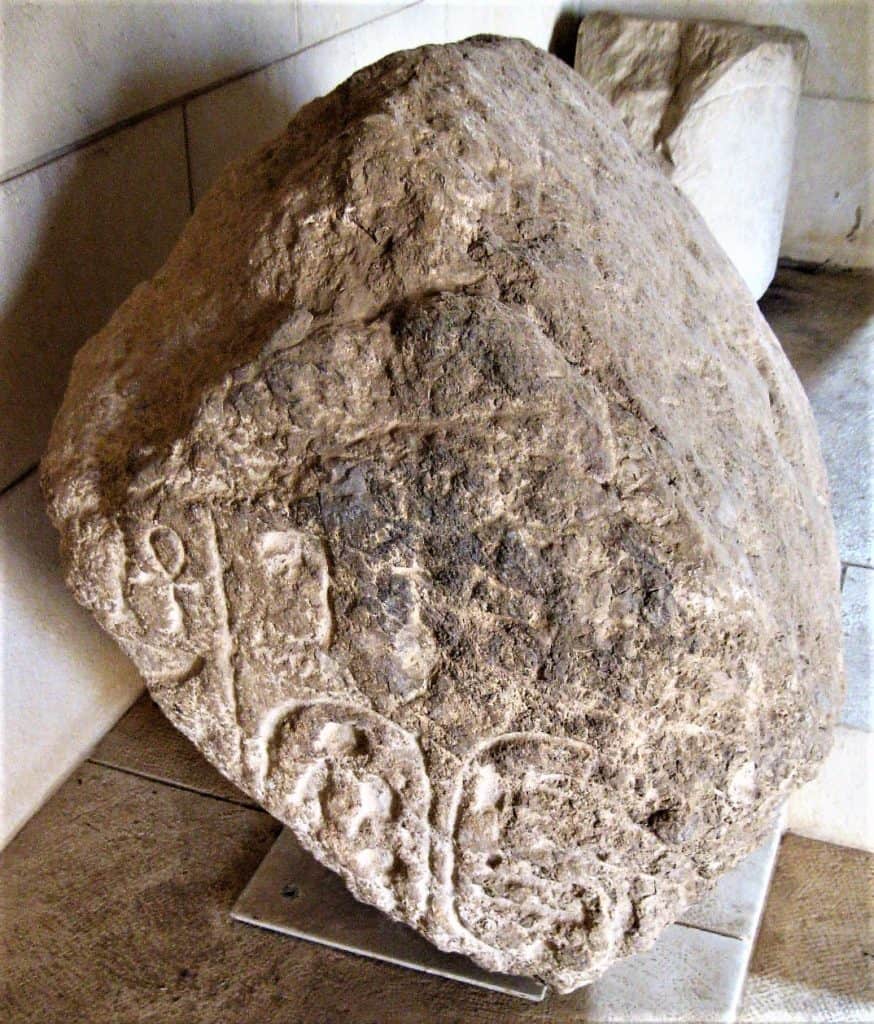
Fisher Is About To Be Replaced by P.L.O. Guy
The health of C.S Fisher had deteriorated rapidly due to the Malaria he got. As a result, in May 1927, he had to leave, handing over the lead to Phillip Langstaffe Ord Guy. During the short period of Fisher’s directorship, the excavations were limited in scale. First, the entire mound was measured, and a grid was set. Interestingly enough is Fisher’s way of cataloging and registering the pottery, they found. So he writes in his journal:
And if the vessel is not a museum or study piece; it is discarded to make room for other shapes. Many duplicates occur in the course of excavations; and there are always odd fragments of broken jars which can never be assembled. Unless decorated, there are merely noted and then at once discarded. (Fisher 1929)
The Excavations Under P.L.O. Guy
So in May 1927, Breasted nominated Philip Langstaffe Ord Guy as the field director of the excavations at Tel Megiddo. Guy fulfilled the post of field director of the Megiddo excavations from May 1927 till his dismissal in June 1935. Most of the monumental structures dating to the time of the Kings of Israel were uncovered during Guy’s term as field director. Also, the water system was exposed and published by Robert Lamon during the directorship of P.L.O. Guy.
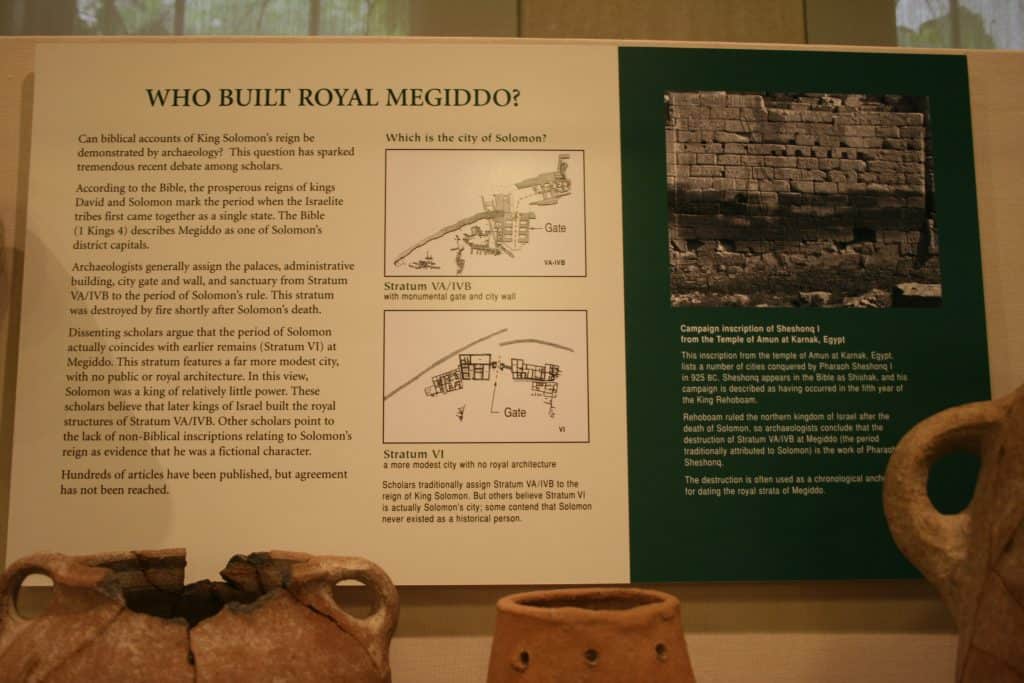
From the correspondence between the Oriental Institute and Guy, we can learn that the Oriental Institute severely criticized Lamon’s excavation methods, primarily because of the creation of a massive excavation crater. According to the institute, it destroyed any hope of reaching a comprehensive stratigraphic analysis of the area.
Above all, Guy uncovered the northern and southern stables compounds and assigned them to the reign of King Solomon. In this way, Guy associated, for the first time, finds from the excavation at Tel Megiddo with King Solomon. An issue that forms the basis for a heated scholarly discussion to the present day. Guy also uncovered the city gate of Stratum III; dated it to the reign of Solomon.
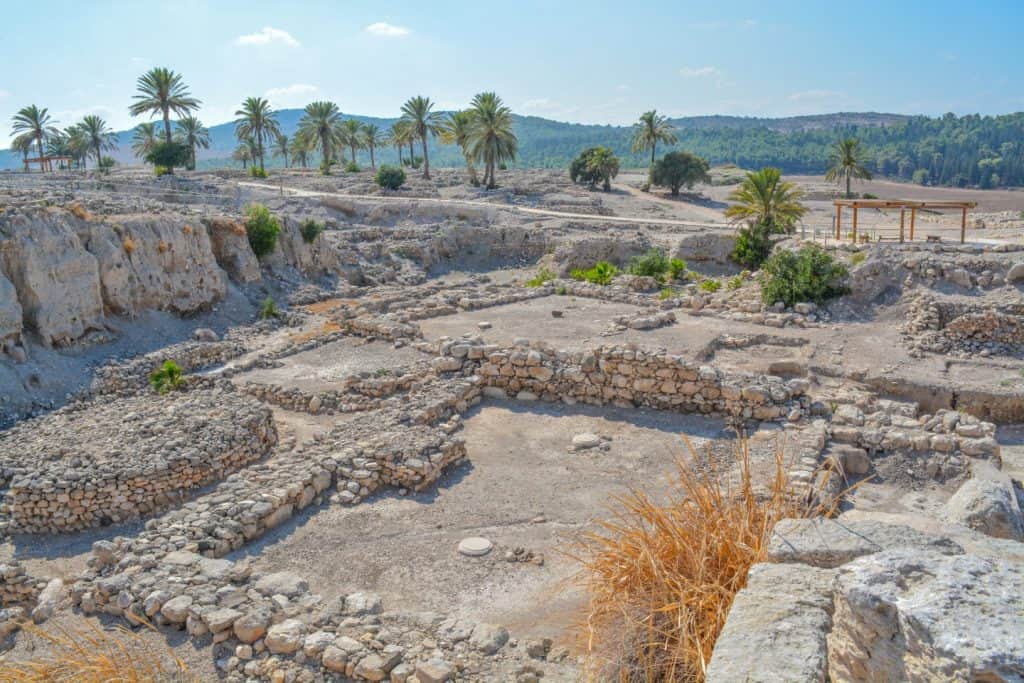
The Excavations Directed by Gordon Kenneth Loud
While at first glance, the choice of Gordon Loud to fill the post of field director of the Megiddo excavations was an excellent one. Since Loud was a gifted person and very dedicated. On the other hand, it seems clear the nomination was not optimal. Neither Loud nor his assistant had any background, nor knowledge, or experience in the archaeology of the Land of Israel in the biblical period. Furthermore, Loud did not have any knowledge; experience, or understanding regarding the stratigraphy of a multi-level mound; which is elementary for excavating the biblical sites.
Tel Megiddo And Beit Shean Archeological Tour
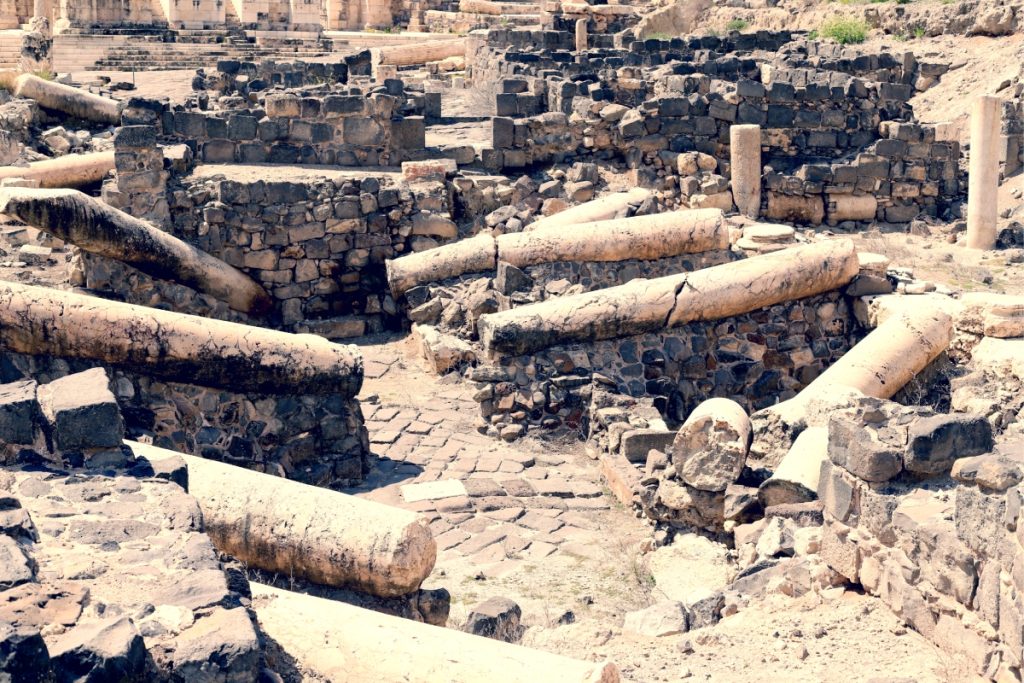
Also, Loud was not interested in details continuously being uncovered in excavations of this kind in the Land of Israel. Also, He did not show serious consideration for the pottery assemblage and their meaning, except for complete vessels. Another critical point is that Loud’s field experience before coming to Megiddo was only in Karanis and Khorsabad. Surprisingly sites in which broken pottery was not considered necessary. Also, regarding the stratigraphic aspect, Khorsabad was a single-level site inhabited over a short period, and its excavations did not raise any stratigraphic issues.
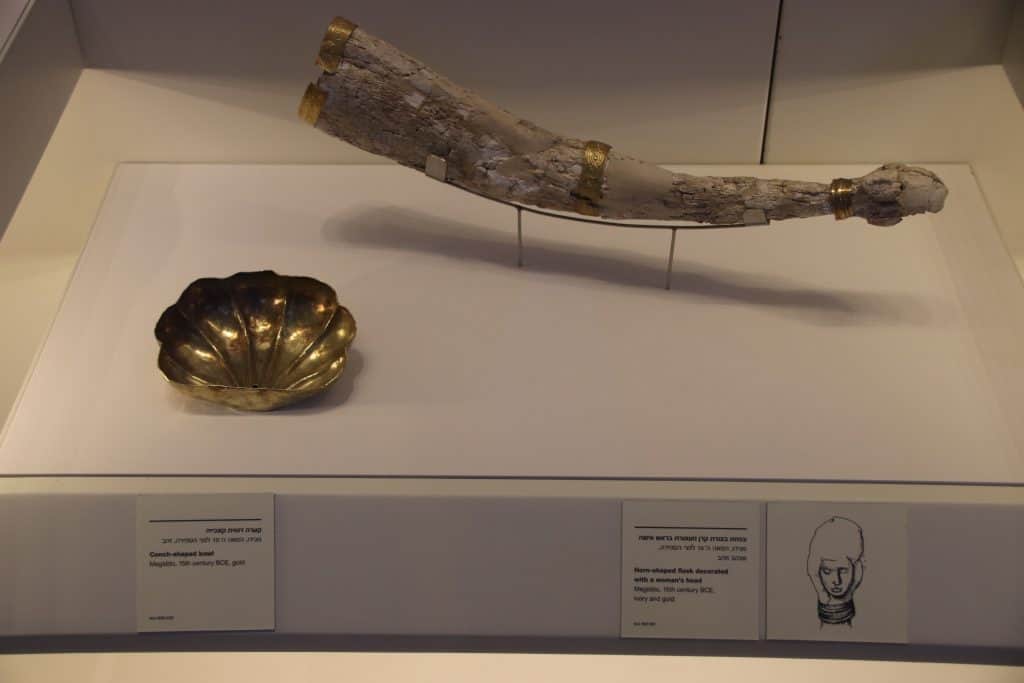
Chicago University Excavations at Megiddo: Loud’s Excavation
So Loud and his assistant, Altman, neglected the slow, gradual, and complex stratigraphic development of strata in a continuously settled mound. As mentioned above, little attention was given to the pottery excavation of Khorsabad. The report of Khorsabad excavations published by Loud and Altman presents only about thirty complete vessels discovered in this huge excavation.
To explain why the entire study of pottery fragments was entirely neglected in the excavations of Megiddo. Particularly Loud kept registered and published complete or unique vessels (mainly from tombs) and unique and decorated fragments. So broken pottery or vessels constitute most of the finds; the main chronological indicator in excavating an archaeological mount from the biblical period was hardly given proper attention. Therefore large, complete buildings are described in the excavation reports as if found devoid of pottery.







